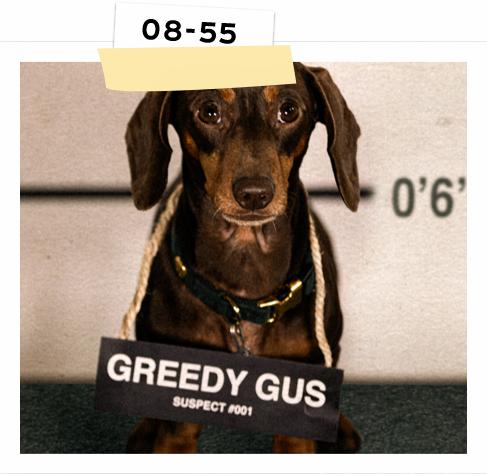
Rehabilitation through treatment
Irrespective of the cause of Cushing's, the result is always the same - more cortisol is produced than is actually needed by the body. This results in the slow development of a combination of clinical signs that are associated with the condition.

Have more questions? Here are some of the most frequent queries we answer about your dog's condition
Signs and Symptoms
What are the symptoms of Cushing's syndrome?
The noticeable signs of Cushing’s syndrome are very similar to those associated with the ageing process, making it difficult to diagnose and later monitor.
The most noticeable signs of Cushing’s syndrome include;
- Excessive urination with possible incontinence
- Drinking more (excessive thirst)
- Increased appetite
- Excessive panting, even at rest
- Muscle wastage and weakness
- Lethargy
- Urinary tract infections (cystitis)
- Pot – belly
- Patchy hair loss, recurrent skin infections
How is Cushing's syndrome diagnosed?
When your veterinary surgeon suspects Cushing’s syndrome, they will perform blood tests to confirm the diagnosis.
The cortisol concentration in the blood fluctuates greatly throughout the day in both healthy dogs and dogs with Cushing’s. It is for this reason diagnosis cannot be confirmed by just one measurement of cortisol. The two tests that are most commonly used to confirm a diagnosis of Cushing’s are called ACTH stimulation test and the low-dose dexamethasone suppression test. It may be necessary to perform both tests.
Treatment
How long will my dog require treatment?
Most dogs will need treatment every day for life. Cushing’s syndrome cannot be cured, but it can be successfully managed using treatment.
How long will it take for my dog to improve on treatment?
The clinical signs of Cushing’s such as lethargy, increased drinking, eating and urination improve quickly, often within the first two weeks of treatment. Skin changes, hair loss and the pot belly can take up to 3 to 6 months to improve.
Will I need to revisit my veterinary surgeon?
Yes. It is important that your dog revisits your veterinary surgeon for assessment and monitoring tests at 10 days, 4 weeks and 12 weeks after starting treatment and thereafter every 3 months.
If your dog becomes unwell at any time whilst on treatment, stop treatment and consult your veterinary surgeon as soon as possible.
Does trilostane have any side effects?
Treatment is well-tolerated by most dogs. If your dog develops any signs of illness whilst on Treatment including lethargy, vomiting, diarrhoea and anorexia stop treatment immediately and contact your veterinary surgeon as soon as possible.
If you become concerned with your dog's health
you should consult your veterinary surgeon immediately.


